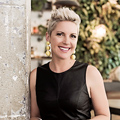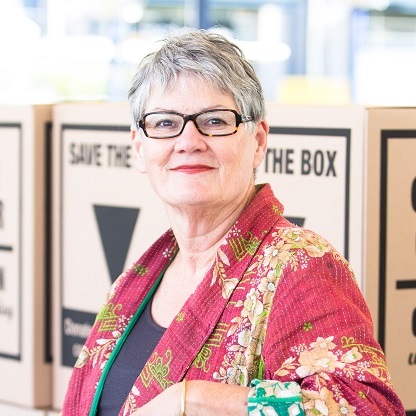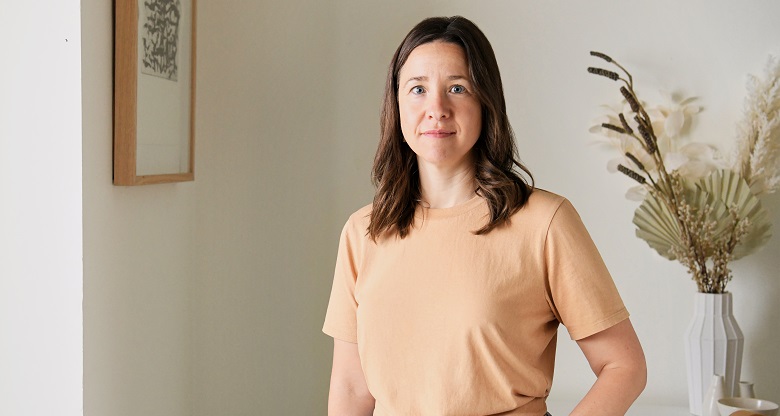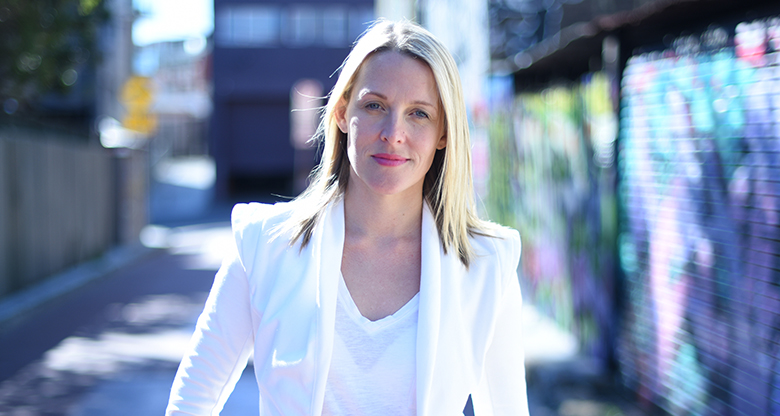Rapidly changing consumer and cultural preferences, a further shift to digital channels, and the rise of social activism amid the pandemic are just a few factors underscoring the importance of actively managing a business’ brand.
Lorraine Jokovic, CEO of LOUD Communications explains that some time ago, managing a brand meant reviewing relevance and market positioning every few years. Now, businesses “need to really keep their finger on the pulse of their brands”.
But the concept of a business’ brand and the words used to describe it - brand promise, brand vision, and brand mission - can themselves be confusing. To better understand the role that brands play to drive customer success, Lorraine says that businesses first need to distinguish between brand and branding.
Lorraine describes brand as a reputational consideration, invoking Amazon founder, Jeff Bezos, who famously said “your brand is what other people say about you when you’re not in the room.”
“Brand allows people to know what to expect from an organisation,” Lorraine says. “So having a strong brand is incredibly powerful to deliver market competitiveness, and clear and compelling reasons why people should engage with you, or indeed work for you.”
Lorraine adds that branding is “generally accepted as your visual identity - your logo, colour preferences, or tone of voice. It’s how you communicate with the market. So, while brand and branding are connected, they are very different things”.
Setting expectations, then meeting them every time
Traditionally, a business’ brand was considered to play its most crucial role at the point where consumers were considering who to purchase from, as Lorraine says, “to get on the short list.”
But consumers now interact with brands in more ways than ever before. Lorraine says that businesses need to understand what consumers expect from their experience in a growing range of channels and consistently meet that expectation.
“Brand still plays an important role at the ‘top of the funnel’ phase of the customer journey, but businesses can come unstuck quickly if they haven’t delivered on their brand position at every touchpoint.”
“When people make a shortlist, they may start with researching you online, and that extends beyond websites to blogs and reviews. They may then turn to social media, talk to family and friends, absorb advertising and news reports before reaching a conclusion about your brand.”
“The demand placed on business owners and marketers today is therefore to understand the customer purchasing journey and treat every touchpoint as an opportunity to reinforce what the brand stands for.”
“When starting out, businesses should consider two steps. The first is understanding what the brand promise is and confirming it is relevant. Often market research helps here. The second is journey mapping to understand how customers engage with the brand, and opportunities to strengthen its presence.”
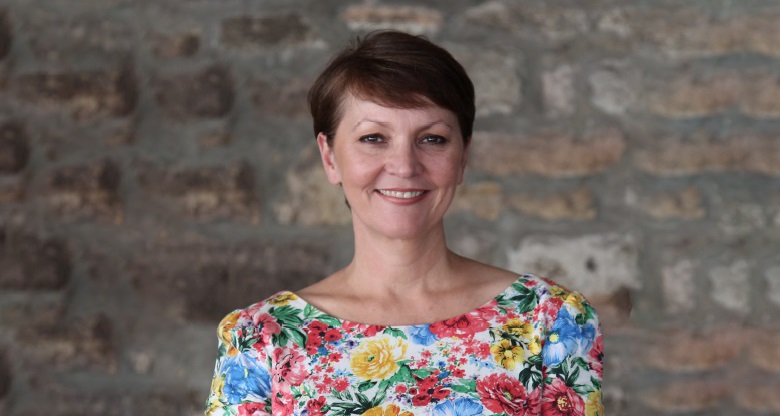 Image source: Supplied. Lorraine Jokovic, CEO, LOUD Communications
Image source: Supplied. Lorraine Jokovic, CEO, LOUD Communications
Creating a connection
Keeping pace with consumer expectations has also become more challenging amid the pandemic, with the role that brands play taking on greater importance. When considering consumer behaviour and perceptions of brands, Lorraine points to both short- and long-term forces at play.
“We saw many people altering their brand preferences during the pandemic. Some of that was practical to meet basic needs, like buying a new brand of washing powder where stock of their preferred brand was unavailable. What resulted was a new brand experience, where they might have thought, that’s just as good as what I normally buy.”
“The question then is whether consumers will revert to pre-pandemic behaviors or perhaps be more comfortable trialing new brands. It’s put a question mark over traditional notions of customer loyalty.”
Lorraine says that understanding the longer-term trends like a renewed sense of community and more conscious shopping are also central to creating a relevant brand experience that’s aligned to customers.
“Our shared experience during the pandemic, even during lockdown, has strengthened our community spirit. People are also shopping more purposefully, driven by values and ethics, and buying local. This is where you're starting to see brands really work hard to make sure they're aligned at a values level with their customers.”
Purpose leading the pack
Lorraine says that over several years there has been a greater focus on organisations’ purpose, and how that manifests within a brand. She says that defining the business’ purpose is the foundation upon what everything else is built.
“Companies need to articulate the one phrase that explains why they exist. Businesses should ask themselves what gap in the market they are filling? What service are they delivering? Not what revenue or profit they will make.”
“If you can define it well, you will inspire people; people who want to buy from you, people who want to work for you, people who want to be aligned to you. It's incredibly potent.”
“For example, Airbnb’s purpose is, "We help people to belong anywhere," which is glorious in its simplicity. But as someone who uses Airbnb, I get exactly what they're saying. I'm not just staying in a hotel, I'm not just traveling, I belong there because I'm staying in someone's home.”
According to Lorraine, there are a lot of definitions when it comes to brand purpose and purpose-led organisations, particularly amid a focus on aspects relating to environmental and social impact. She says, “social purpose is one sub-set, which can be integrated with the business purpose if appropriate to do so, but if it’s not appropriate, it doesn’t need to be.”
So, when businesses consider how to create a strong brand, they need to do so with the changing preferences, values and needs of their customers in mind. With these factors fluctuating on a regular basis, it’s meant brands need to be actively managed like never before.
Sign up to the Women in Focus newsletter for updates on our community and events, and more content like this.

